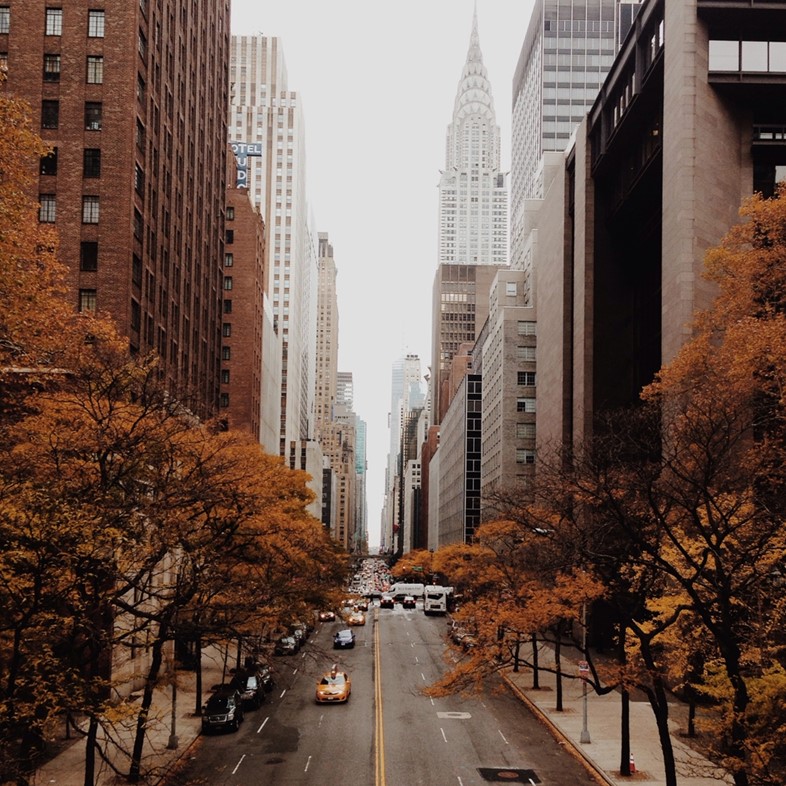Joseph Owen has his eye on New York City
Considering that Saint Nicholas is the patron saint of New York, we thought it fitting to focus on Joseph Pickard's recent trip to New York. Here is a part festive, part factual, run down of the city's best loved landmarks and neighbourhoods.
THE CHRYSLER BUILDING
A well-known feature of the New York skyline, this Art Deco skyscraper was the tallest in the world for a brief 11 months, before the nearby Empire State Building surpassed it in 1931. The Chrysler Building’s aesthetic stems from its original design objective to represent the Chrysler automobile and the machine age of the 1920s, since it was Walter Chrysler who commissioned the building. Part of Chrysler’s hubristic desire to build the tallest structure in the world was a request to have the highest toilet in Manhattan, so that he “could shit on Henry Ford and the rest of the world.”
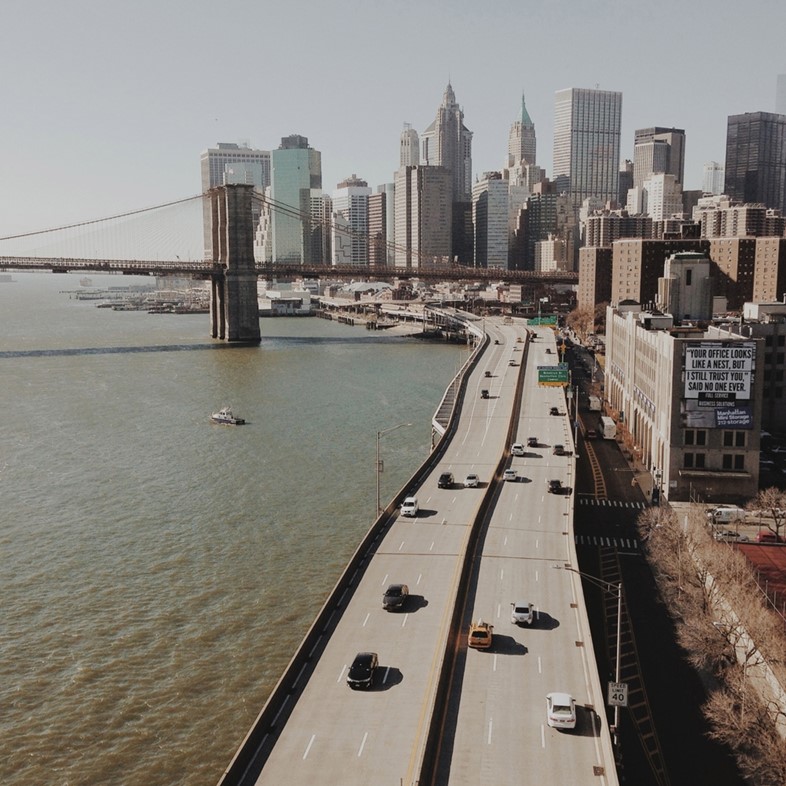
DOWNTOWN MANHATTAN
On December 22, 1882, at the Manhattan home of Edward H. Johnson (employee of the Edison Electric Light Company), the first Christmas tree in the world with electric lights was shown. The tree at 269 East 10th Street donned 80 red, white, and blue light bulbs. The tree also revolved. Before electric Christmas lights, families would use candles to light up their Christmas trees but by 1895 the lit tree craze had truly caught on, when President Grover Cleveland requested that the White House family Christmas tree be illuminated by hundreds of multi-colored electric light bulbs.
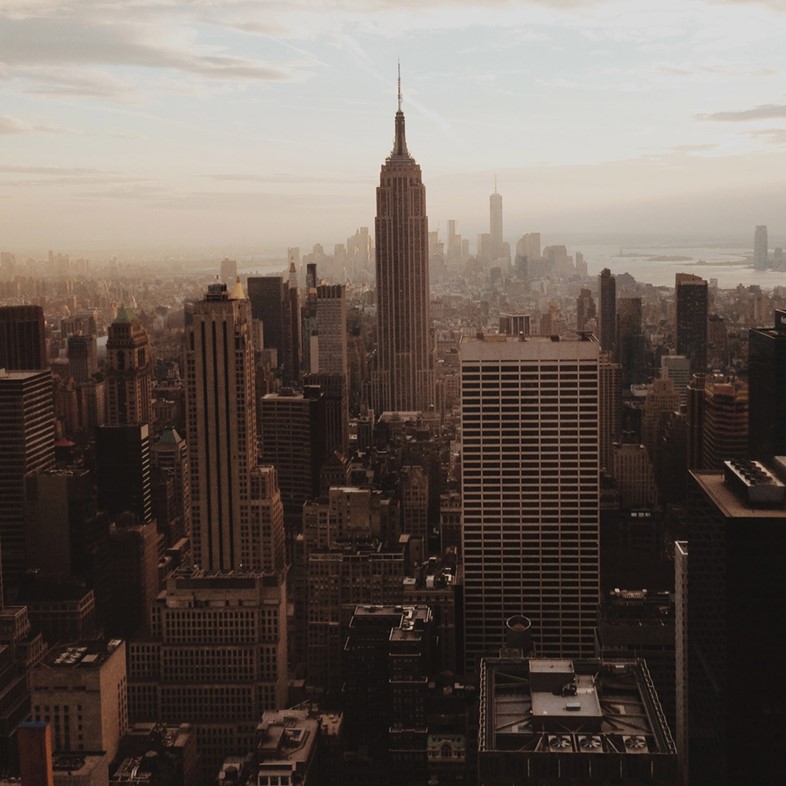
THE EMPIRE STATE BUILDING FROM TOP OF THE ROCK
Besides boasting its own zip code (10118) and inspiring umpteen rom-coms and meet-cutes, The Empire State Building is most notably the site of one stellar lighting display. For ‘The Holidays’ (of the December variety) the building displays blue and white lights with a candle flickering antenna in honour of Chanukah, before splashing out red and green with red and white candy cane stripes until January 6. The coloured floodlights were added in 1964, originally taking six hours for a crew to switch the gels on the lights for a new look. Its turned blue to memorialise Ol' Blue Eyes (Frank Sinatra) on his 80th birthday, and when Fay Wray, who played King Kong's love interest, died in 2004, the building went dark for 15 minutes.
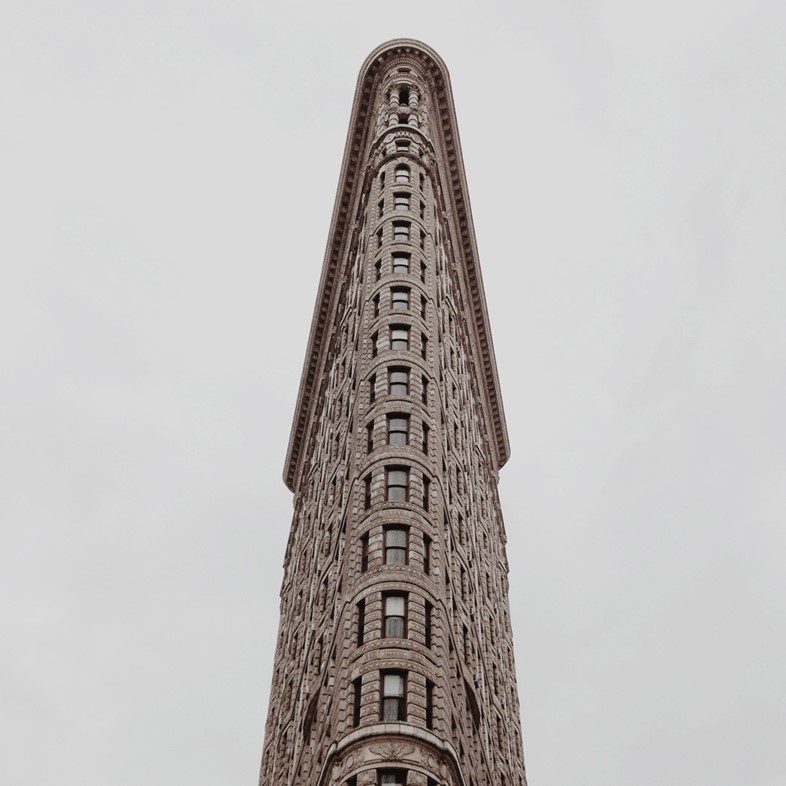
THE FLAT IRON BUILDING
This iconic building is perhaps one of the most photographed pieces of architecture on the world. Its name emerged from its resemblance to the flat irons of the early twentieth century, which is when the building was completed. The structure’s remarkable aerodynamic shape created a wind-tunnel effect on the adjacent streets, and young men used to congregate on 23rd Street in order to watch the ladies’ skirts be blown up by the wind! The american phrase '23 skidoo,' apparently originated here with NYPD officer shouting at rowdy male onlookers to skedaddle.
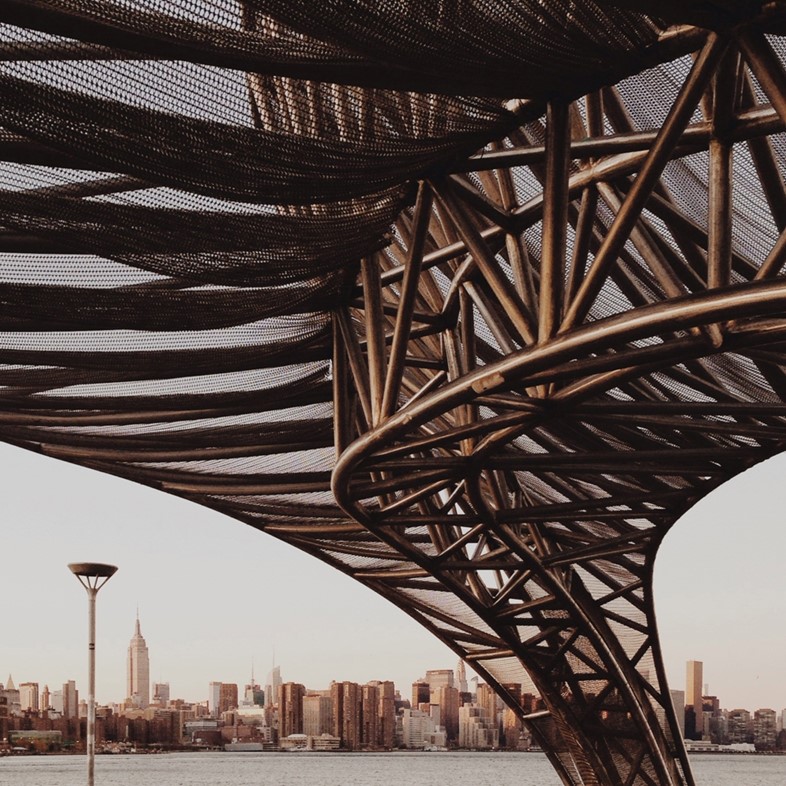
MANHATTAN SEEN FROM WILLIAMSBURG
A bet’s a bet. After a night at the Washington Heights taverns in 1956, a drunk 26-year-old named Thomas Fitzpatrick bet a fellow patron that ‘after he got home to New Jersey, he could return to the bars in under 15 minutes.’ Fitzpatrick stole a single-engine plane from the Teterboro School of Aeronautics, later landing on the streets of Manhattan (somewhere around 191st St.). After this aerodynamic stunt, Fitzpatrick’s license was revoked. In a déjà vu moment a couple of years later, Fitzpatrick landed on Amsterdam Ave. and 187th St., after another bar patron refused to believe he'd pulled off the first expedition.
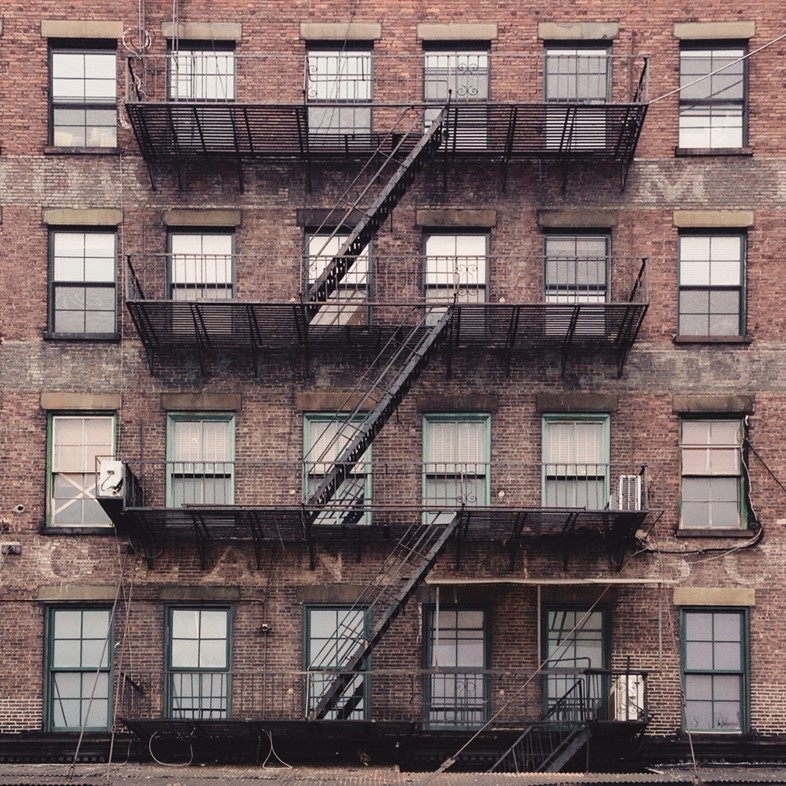
THE MEATPACKING DISTRICT
One of New York’s most decidedly fashionable areas, the Meatpacking District is called as such due to the vast amount of slaughterhouses and meatpacking plants that used to be situated there in the late 1800s and early twentieth century. Meat stained apron have been boxed up in favour of more bespoke selections, the area was gentrified after a decline in the 1960s. Amidst boutiques and restaurant, the Meatpacking District marks the location of the Chelsea Market and the birthplace of the Oreo cookie.
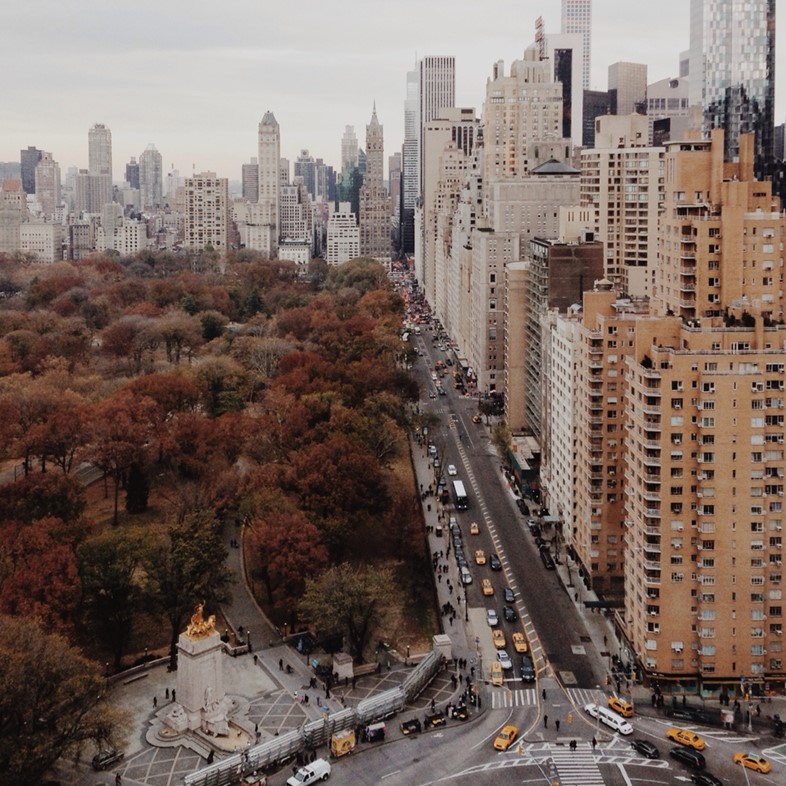
CENTRAL PARK
New York’s famous park covers 843 acres in the heart of Manhattan; an area larger than the principality of Monaco; with some 40 million visits made to it each year. Over 9000 benches are scattered throughout it, and it is officially the most filmed park in the world, having appeared in over 240 feature films. Beautiful at all times of year, during the festive season New Yorkers head to Central Park for ice skating at The Wolman Rink, which is a quintessential feature of the city at Christmas time. The rink is bigger than the one in the Rockefeller centre and it costs less too!

CHINATOWN
The Chinatown in Manhattan is the largest Oriental enclave in the Western hemisphere. Chinese immigrants began moving to New York in the late 1800s in tandem with the end of the gold rush. The oldest residence in New York is in this area: the Edward Mooney house, now a summit Mortgage Bank, was erected in 1785 and is located on the corner of Bowery and Pell. Myriad restaurants in Chinatown remain open on Christmas Day.
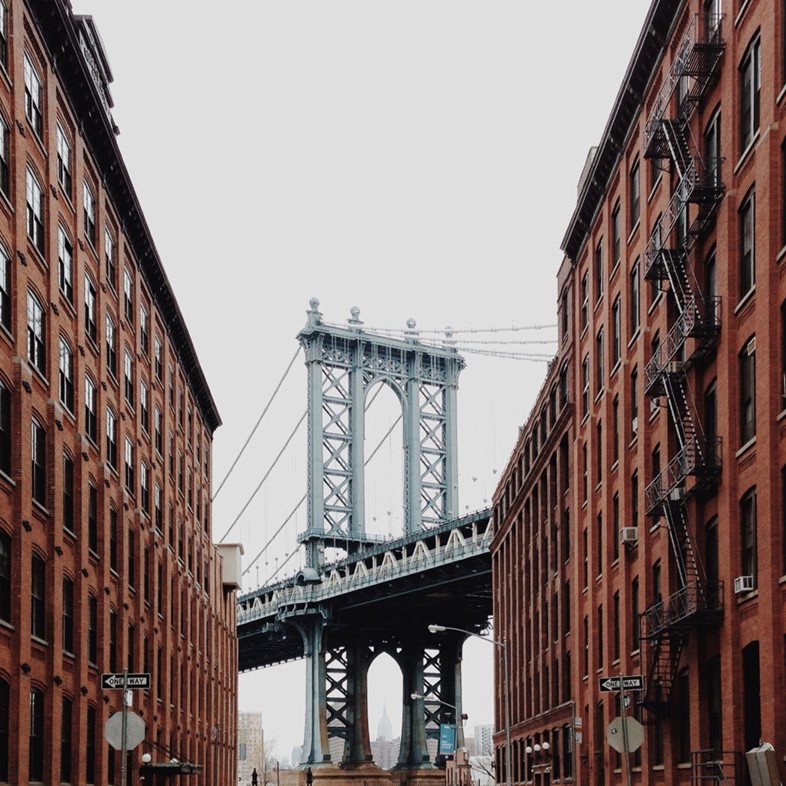
MANHATTAN BRIDGE
Just over the Manhattan Bridge lie New York's most extravagant Christmas lights. Brooklyn's Dyker Heights sees streams of kitsch inflatable Christmas decorations and high wattage bulbs are wrapped around the houses of this Italian-American community. The tradition began in the Eighties on 84th Street when resident Lucy Spada irritated the neighbors with her garden decorations. Today ‘Dyker Lights’ draw in more than 100,000 tourists and NYC residents each December.
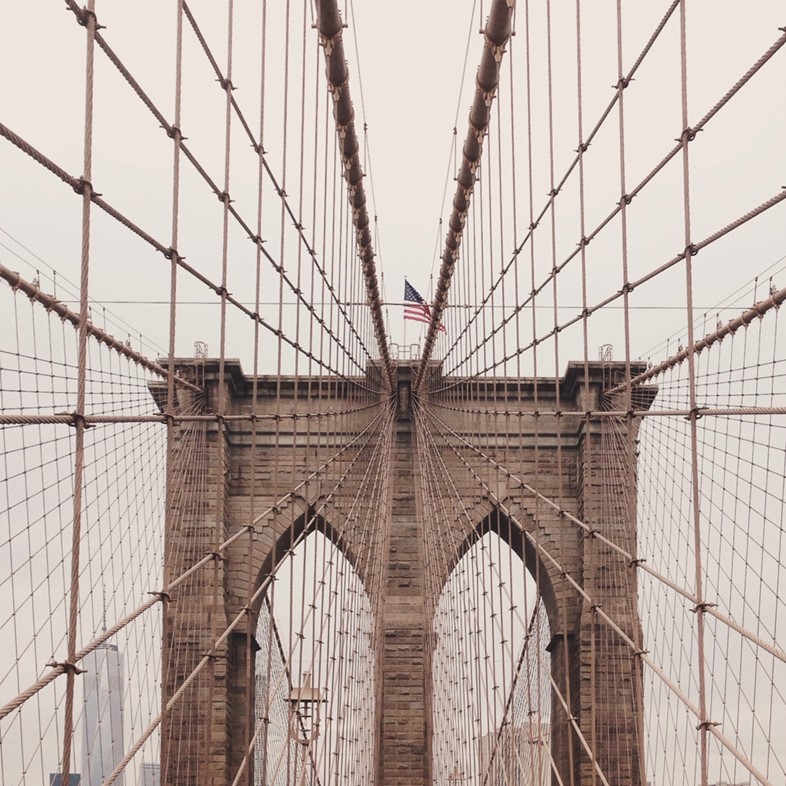
THE BROOKLYN BRIDGE
The Brooklyn Bridge was opened to the public on May 24, 1883. Connecting Manhattan with Brooklyn for the first time, it was dubbed the 'Eighth Wonder of the World', and originally contained a vast wine and champagne cellar. The secret cellars, which opened in 1876, were located in the anchorages of the Manhattan end of the bridge. The city of New York rented out the huge underground chambers, nicknamed the 'Blue Grotto', to help pay off the enormous debt accrued during construction. Apparently they were ideal spaces for wine storage given their ability to maintain a consistent temperature of around 60 degrees, regardless of the weather.
Words by Arabella Noortman and Gillian Hopper
